Optimal Timing for Storm Restorations

Ways to make Storm Restorations work in tight or awkward layouts.
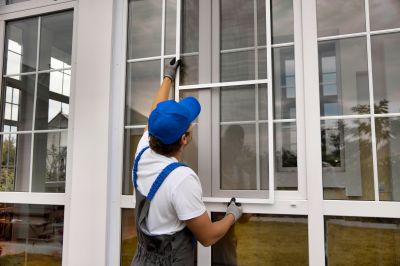
Popular materials for Storm Restorations and why they hold up over time.
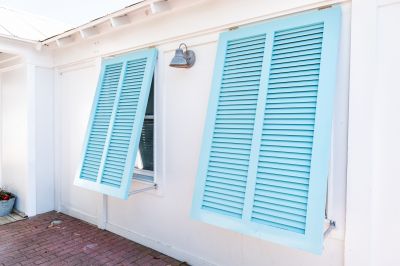
Simple add-ons that improve Storm Restorations without blowing the budget.
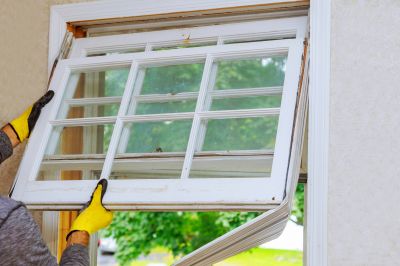
High-end options that actually feel worth it for Storm Restorations.
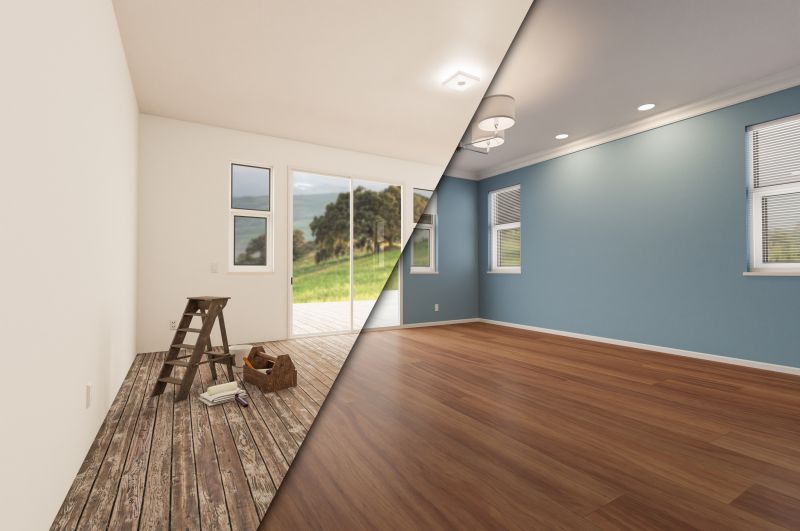
Finishes and colors that play nicely with Storm Restorations.
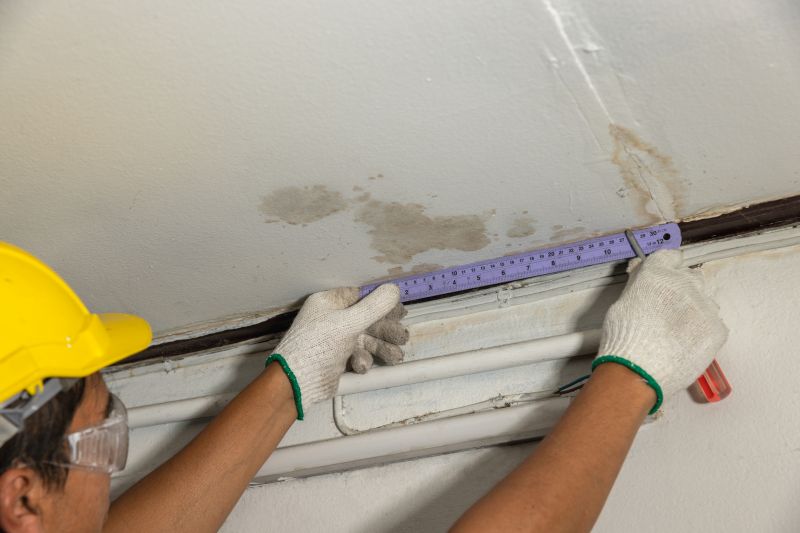
Little measurements that prevent headaches on Storm Restorations day.
Storm restorations are most effectively carried out during periods of stable weather, typically in late spring through early fall. Performing repairs promptly after a storm minimizes further damage and reduces repair costs. The timing of restoration efforts can also depend on local climate patterns, with milder weather providing safer and more efficient working conditions.
Inspecting property immediately after a storm identifies urgent repairs needed to prevent further damage.
Understanding local weather trends helps determine optimal times for storm restoration projects.
Being prepared for rapid response after storms can minimize repair delays and damage escalation.
Scheduling repairs during optimal seasons ensures durability and reduces future repair frequency.

A 60-second routine that keeps Storm Restorations looking new.
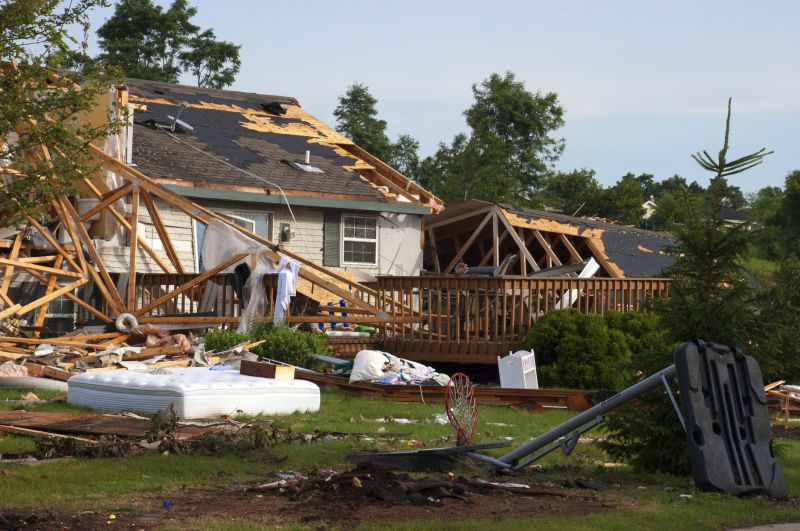
A frequent mistake in Storm Restorations and how to dodge it.

Small tweaks to make Storm Restorations safer and easier to use.
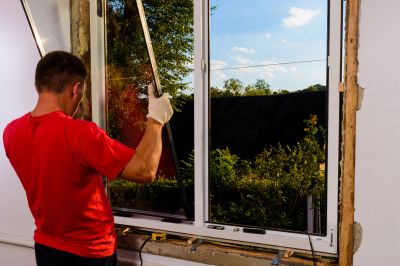
Lower-waste or water-saving choices for Storm Restorations.
| Season | Optimal Restoration Period |
|---|---|
| Spring | Late April to June |
| Summer | June to August |
| Fall | September to November |
| Winter | Limited, weather-dependent |

The short, realistic tool list for quality Storm Restorations.
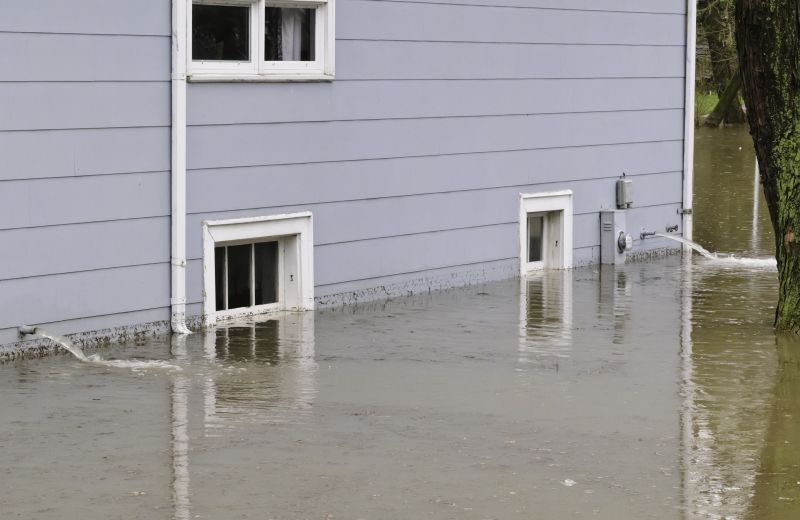
Rough timing from prep to clean-up for Storm Restorations.
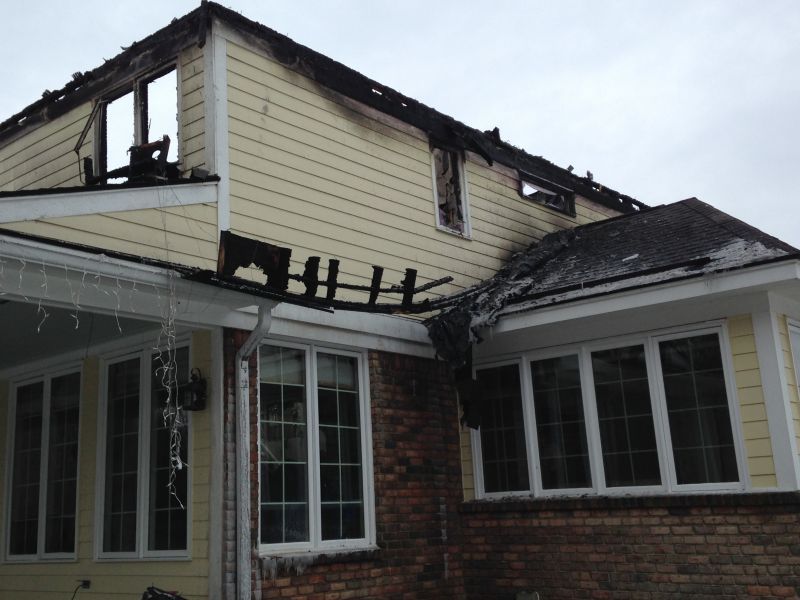
Quick checks and paperwork to keep after Storm Restorations.
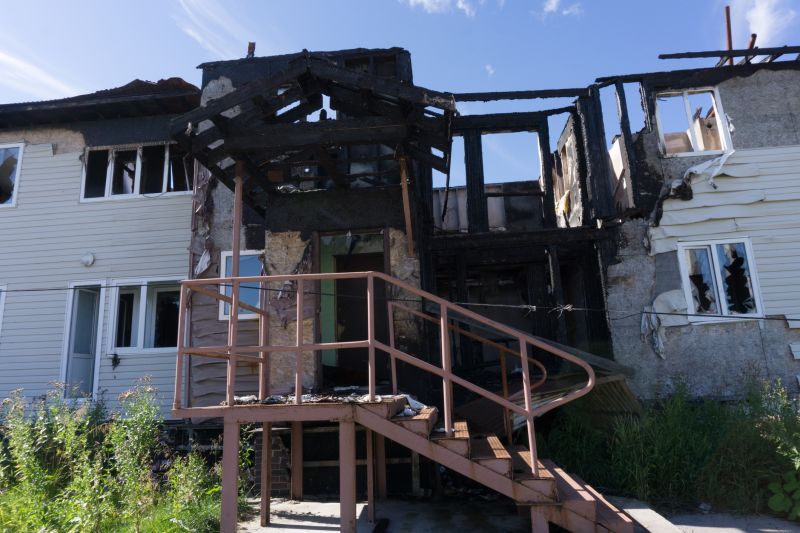
Examples that show the impact a good Storm Restorations can make.
Understanding the best timing for storm restorations can enhance the durability and effectiveness of repairs. Prompt action during suitable weather conditions minimizes damage progression and repair costs. Proper planning ensures repairs are completed efficiently and safely, reducing the likelihood of recurring issues.
Residents and property owners are encouraged to monitor weather forecasts and prepare for rapid response after storm events. Early interventions during optimal seasons contribute to long-term property resilience and safety.
